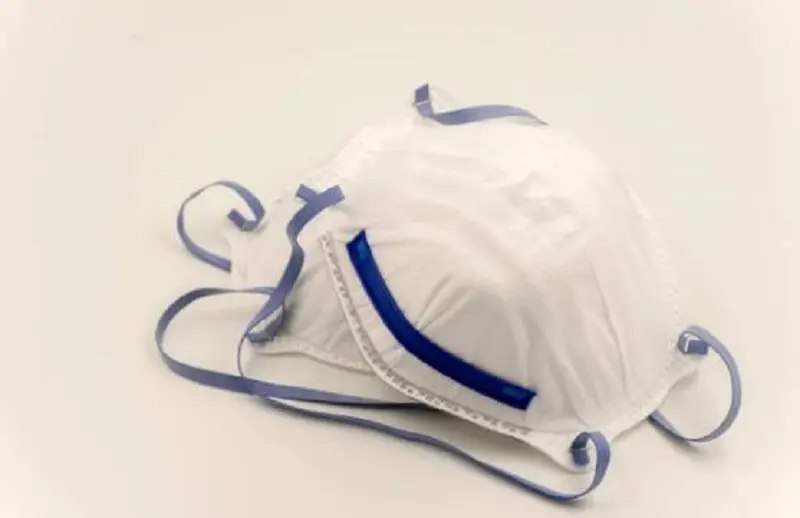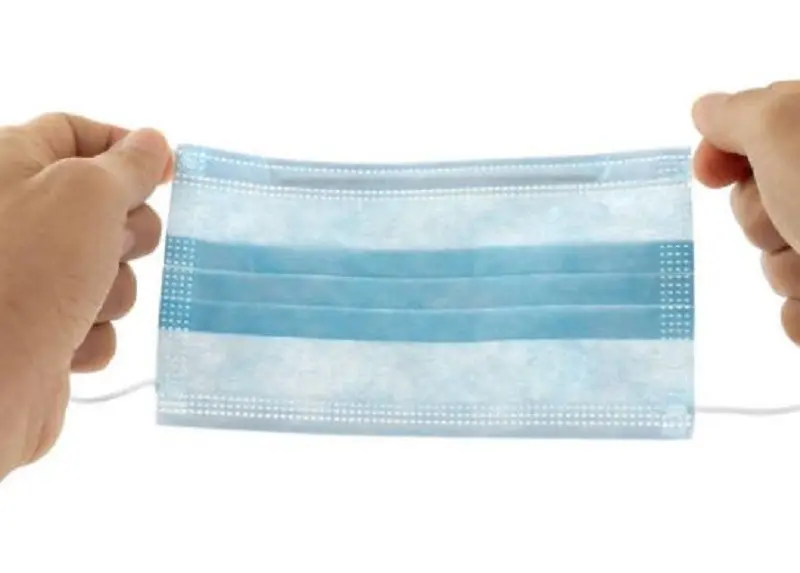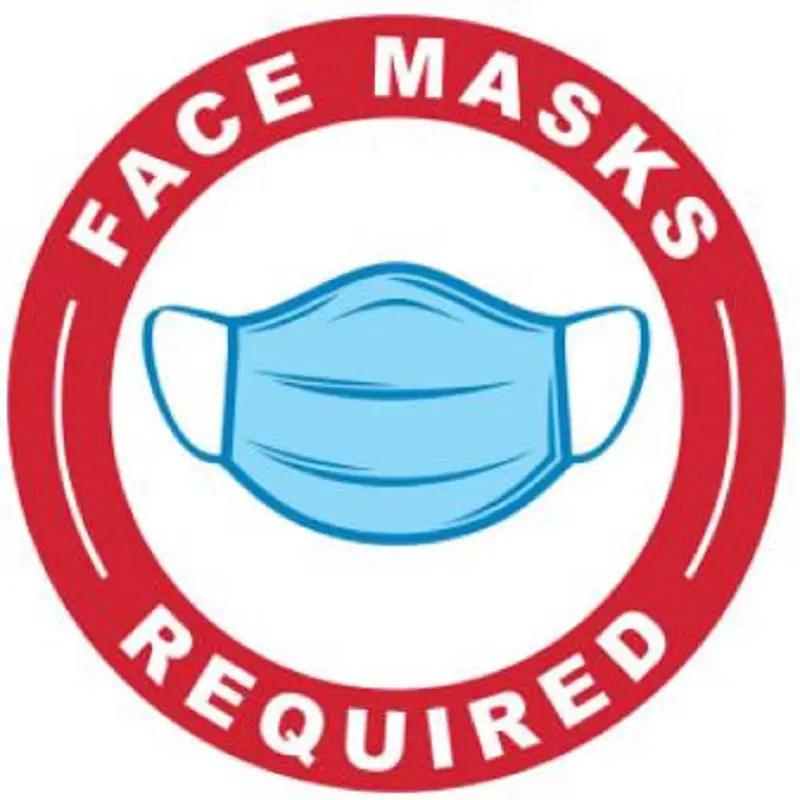Do you know that the air we breathe is full of tiny particles? Suppose the answer is Yes, what is the best way to protect yourself? Read on to learn more about PM2.5 filter masks.
The air we breathe is full of tiny invisible particles in the form of dust, allergens, pollen, and smoke. These particles are so tiny that they can't be seen with the naked eye. These harmful airborne particles are released into the air when fossil fuels are burnt to release energy.
The presence of large amounts of this particulate matter in the air we breathe is what is commonly referred to as air pollution. These air pollutants are mainly released from vehicle exhaust emissions, emissions from industries, residential cooking and heating, and forest fires. These air pollutants increase our susceptibility and vulnerability to respiratory infections, COVID-19 included. The presence of these contaminants affects the quality of air as has been witnessed in India, China, and South Korea.
How can we protect ourselves from these airborne contaminants?
PM stands for Particulate Matter. These are tiny droplets found in the air that we breathe that are less than 2.5 in width. They are too tiny to be seen by the naked eye. A PM2.5 filter is designed to capture this microbial matter.PM2.5 filter masks offer protection against bacteria, pollen, and dust.

PM2.5 contaminants have multiple negative effects. To we the people; they can lead to asthma attacks, lung diseases, shortness of breath, and excessive coughing. To the environment; they increase the acidity of the soil. The acidity of soil lowers its productivity.
PM2.5 filters are designed to have a 5-layer filter system. This makes them effective in offering protection against allergens, pollen, and other heavy metal particles.
These masks have filtration of between 62% - 65%. This is way below the filtration efficiency of N95 masks which is at 95%. PM2.5 surgical masks were intentionally intended to be used by people living in high pollution areas.
Unlike N95 respirators, these surgical masks have a loose fit and do not create a seal around the wearer's face. For a more secure fit, PM 2.5 surgical masks have a metal piece at the top. Their design makes them uncomfortable to wear. Wearing these masks in close contact with others exposes us to more airborne contaminants. This is because they do not form a complete seal around your face and mouth.

PM2.5 surgical masks are intended for single use. It is advised that these masks be reserved for health care workers and other frontline medical responders.
There is no definite answer to this. The CDC and other health agencies in the US have not pronounced themselves on this question. It will be socially irresponsible for companies selling PM2.5 filter masks to market their merchandise off of the back of the fear of coronavirus.
Across the globe, governments are advising their citizens to wear masks while in a public setting so as to help slow down the spread of this pandemic. Other measures being put in place include encouraging people to regularly wash their hands with soap and water.

The process is simple as illustrated below:
- Thoroughly wash your hands with water and soap before handling a filter.
- Make the inside of the mask face up. This way, the inner pocket is accessible.
How long a PM2.5 filter lasts depends on a number of factors. First is the level and amount of pollutants present. The breathing rate of the wearer and the length of time that the filter is actively being used also count. Lastly, it is the hygiene levels of where the mask is being worn.
- Remove the filter and dispose of it immediately
Based on these factors, it is advisable that the filter should be replaced at least once a week. It is important to note that PM2.5 filters are disposable.
- Again, wash your hands as before
- Wash and dry the face mask
- Insert the unused PM2.5 filter into the washed mask with the' PM2.5' label facing upwards.
The CDC has provided detailed information about wildfires pollution and its link with COVID-19. For protection against these airborne fine particles, wearing of PM2.5 filters is recommended.
The reasons for this argument are elaborated below:
In conclusion, it is important to acknowledge that no mask offers 100% protection against the transmission of viruses. To help flatten the COVID-19 curve, we need to practice healthy hygiene: wash our hands regularly with soap and water. We should also avoid unnecessary social gatherings.
- Not only do PM2.5 filters have a carbon activated fabric, they are also made from the same material used to make N95 respirators.
- Compared to sealed N95 respirators, PM2.5 filter masks cause less inhalation resistance. Cotton PM2.5 filter masks block a considerable number of airborne particulates from reaching our respiratory systems.
- 5 filters were initially designed to protect against fine particles that pose the greatest danger to our respiratory systems. They are able to protect against these fine particles because they employ both mechanical and electrostatic barriers. N95 respirators use an electrostatic charge to trap particles.
- 5 filter masks can be used continuously for a long period of time, approximately 16-24 hours.

